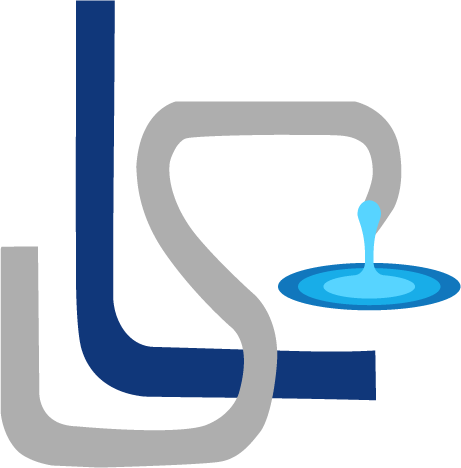
Connect with us - (210) 992-2999
About Us
About
Leak Seekers
We, at Leak Seekers, are committed to detecting leaks efficiently, by using a combination of art and science.
We have partnered with a geological research institute who has also developed state of the art leak detection equipment.
We use the most sensitive ultrasound technology to detect water leaks not only at the most common sites inside your home, but also difficult, hard to identify areas such as foundation leaks as deep as 10’ below.
For areas that have warm to hot running water, we use infrared thermal imagery to detect the flow of water out of its circuit.
FAQs
Plumbing FAQs
A hidden leak can go unnoticed for several years if you do not pay close attention, which could lead to other residential issues. Many plumbing leaks are easy to recognize, as long as you know what to look out for.
Indications of a leak in your home include:- Mildew odor
- Warped floor
- Discolored spots on the floors and walls
- Unexpected muddy/waterlogged areas outside
- Water bill and water meter usage spikes
- Drips from first-floor ceiling
- Cracks in your foundation
Detecting and resolving slab leaks, situated beneath your property’s foundation, presents unique challenges due to their sub-surface location. Poor construction, water quality issues, high pressure and pipeline friction can contribute to these elusive leaks. DrainWorks specializes in identifying and addressing these issues, offering advanced detection for hidden leaks.
Indicators include floor discoloration, groundwater seepage, foundation shifts and unusual odors impacting your drain line and potentially causing backups. DrainWorks provides precise detection services, ensuring thorough resolution of these intricate plumbing challenges and providing peace of mind for your home or business.
- Sudden increase in water usage and costs.
- Cracked areas or bulges of pavement.
- Unpleasant smells.
- Low pressure in the water supply.
- Dirty water.
- Sounds from pipes.
- There are water spots on your floor.
- Gaps appear between your flooring and wall.
- It’s hard to open doors or windows.
- You notice soft spots, water stains, or bubbling on your flooring.
- There is an increase in mold and mildew in certain areas of your home.
- High water pressure
When water pressure is too strong, it can prevent water from flowing easily through pipes, causing backups that can lead to leaks. - Corroded pipes
As pipes age, rust and other forms of corrosion can eat away at them, creating openings for water to escape. Corroded pipes can also contaminate water, which can pose a health risk. - Broken seals
Seals are used to keep water connectors watertight, but they can wear out or break over time. - Clogged drains
When drains become clogged, water can back up behind the blockage and cause pipes to burst or leak through seals and joints. - Damaged pipe joints
The place where pipes connect is often the weakest point in a line and is under significant pressure, which can lead to leaks. - Tree roots
Tree roots can sometimes enter pipelines, allowing water to flow into the lawn. Signs of tree root intrusion include sudden drops in water pressure or wet patches in the garden.
